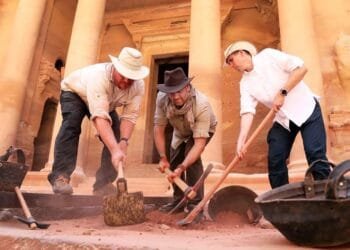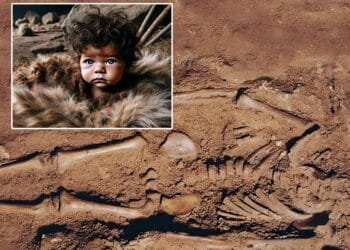Archaeologists have uncovered a tomb from the Inca era beneath a working-class home in Lima, the capital of Peru.
This 500-year-old tomb is believed to contain the remains of elites from the Ruricancho society, which inhabited the region before the Inca empire’s dominance.
The lead archaeologist, Julio Abanto, explained that the tomb contains several tightly wrapped bundles, possibly containing the remains of the deceased. Alongside the remains, the archaeologists found ceramics and fine ornaments, indicating the high social status of those buried in the tomb.
The Inca civilization, known for their wealth in gold and their impressive structures, including the renowned Machu Picchu, once ruled over a vast empire across western South America. However, they were ultimately defeated by Spanish invaders in 1532.
The discovery of this tomb has brought joy to Hipolito Tica, the owner of the house in Lima. He expressed his amazement and the lack of words to describe the significance of the find. Tica hopes that future generations in the working-class neighborhood of San Juan de Lurigancho will gain a deeper appreciation for the rich history that surrounds them.
Excavations began in May after Tica’s plans for property development triggered a mandatory archaeological survey. The district in Lima where the discovery took place has a history of yielding numerous archaeological finds from cultures that existed before and after the Inca civilization.
This recent discovery adds to the growing body of knowledge about the ancient civilizations that once thrived in Peru. It provides valuable insights into the lives of the elites in the Ruricancho society, shedding light on their burial practices, material culture, and social structure.
Archaeologists are continuing their work at the site, carefully documenting and analyzing the findings. The tomb and its contents will contribute to a deeper understanding of the cultural and historical dynamics of the region during the Inca era.
The importance of preserving and studying archaeological sites like this cannot be overstated. They offer a glimpse into the past and help us appreciate the rich heritage of civilizations that came before us. Through these discoveries, we gain a greater understanding of our shared history and the complexities of human societies throughout time.





























